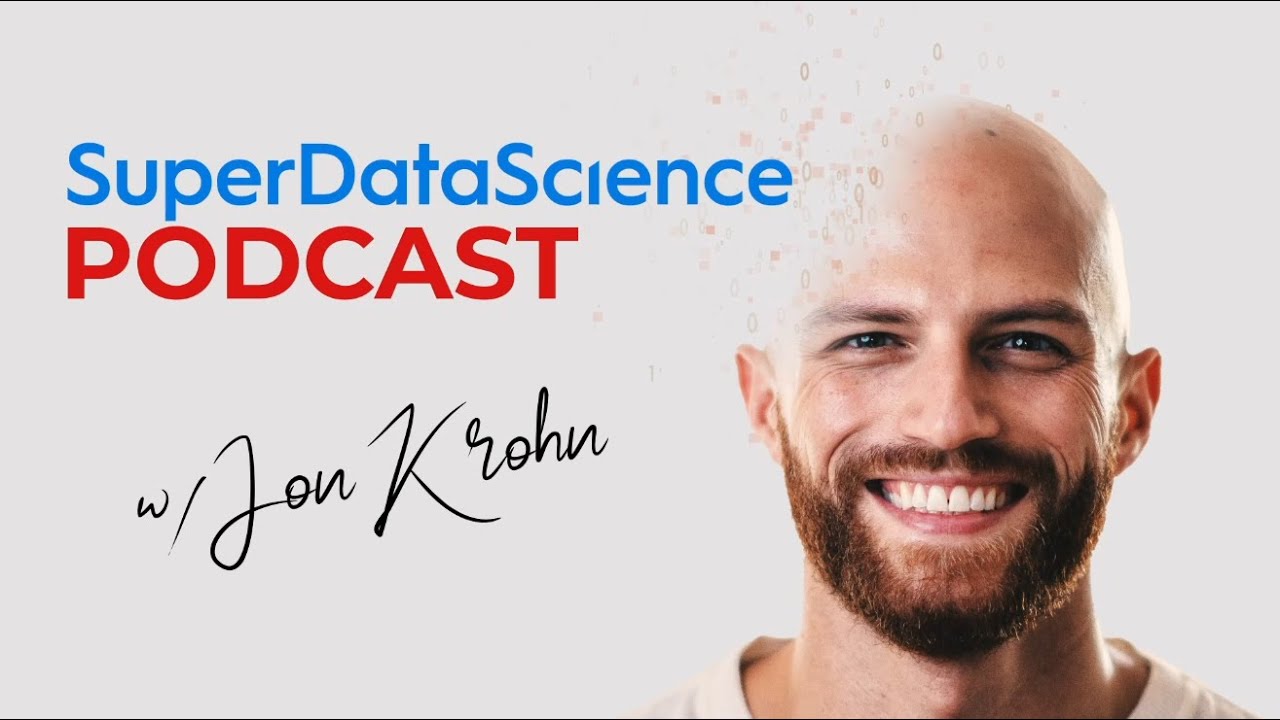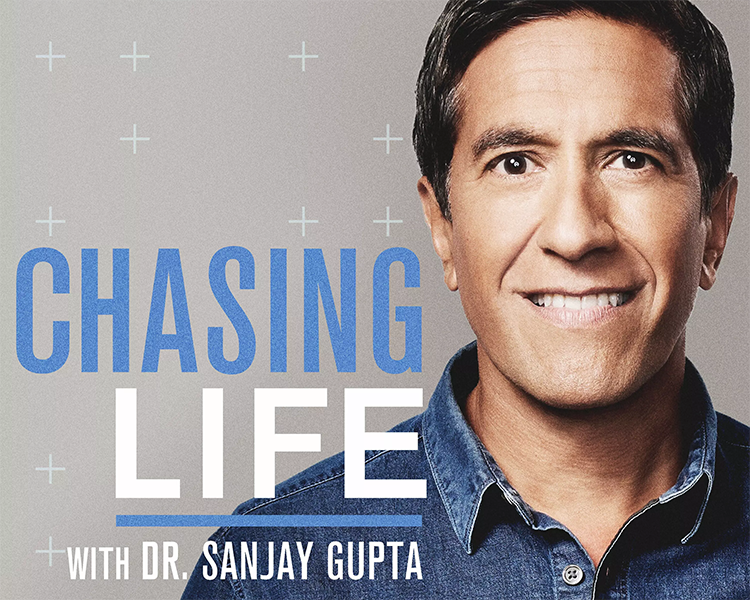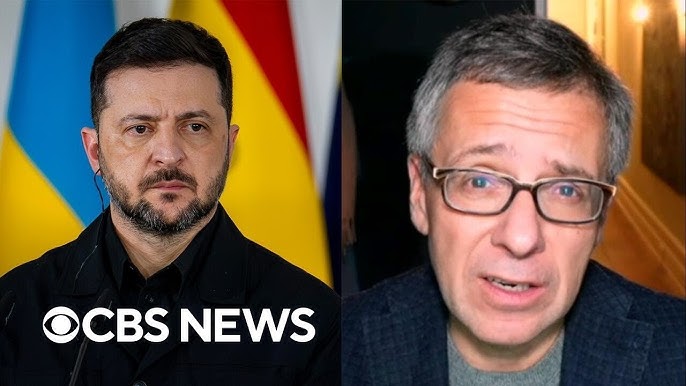
Creative human-AI partnerships and AI-generated music: WaveAI CEO and co-founder Maya Ackerman speaks with Jon Krohn about learning to see – and accept – AI’s…
Thought Leader: Jon Krohn
By Michael Auslin (original source City Journal)
“Of all the exhibits of horror in Hiroshima’s Peace Memorial Museum—twisted bicycles, melted eyeglasses, burned rubble—one stopped me in my tracks. It was a small section of wall and steps. On it, a dark half-oval is burned into the stone, with vertical shading on the steps. It is the silhouette of a human being, vaporized by the atomic explosion on August 6, 1945.
At 8:15 a.m., most of downtown Hiroshima disappeared in a searing flash of light and a crushing blast of superheated air. At least 70,000 Japanese (including around 20,000
soldiers) were killed by the firestorm that incinerated the city’s wooden houses and buildings. Three days later, on August 9, the city of Nagasaki was similarly destroyed,
this time with the immediate death of around 40,000 civilians. Tens of thousands more would die in coming weeks and years from burns and radiation sickness.”
Click here to read more
Creative human-AI partnerships and AI-generated music: WaveAI CEO and co-founder Maya Ackerman speaks with Jon Krohn about learning to see – and accept – AI’s…
Thought Leader: Jon Krohn
Dr. Sanjay Gupta: How to Safely Store Your Leftovers
We all have our cooking rituals, but are some of them unsafe? Dr. Sanjay Gupta gets to the bottom of handwashing hygiene, especially when handling…
Thought Leader: Sanjay Gupta
Ian Bremmer: “We’re not much closer to a ceasefire”
The Trump administration is pushing to secure a peace deal to end the war in Ukraine. But what that looks like and whether Russia is…
Thought Leader: Ian Bremmer

